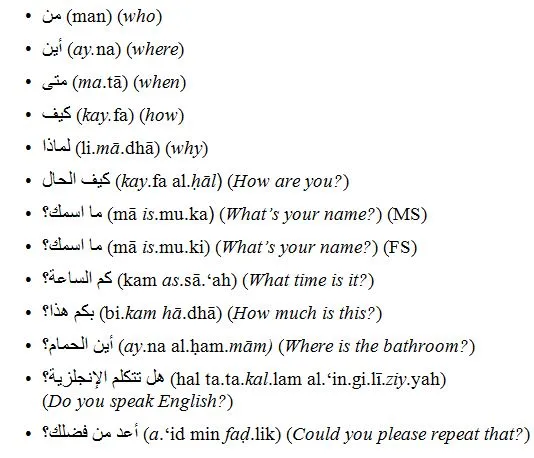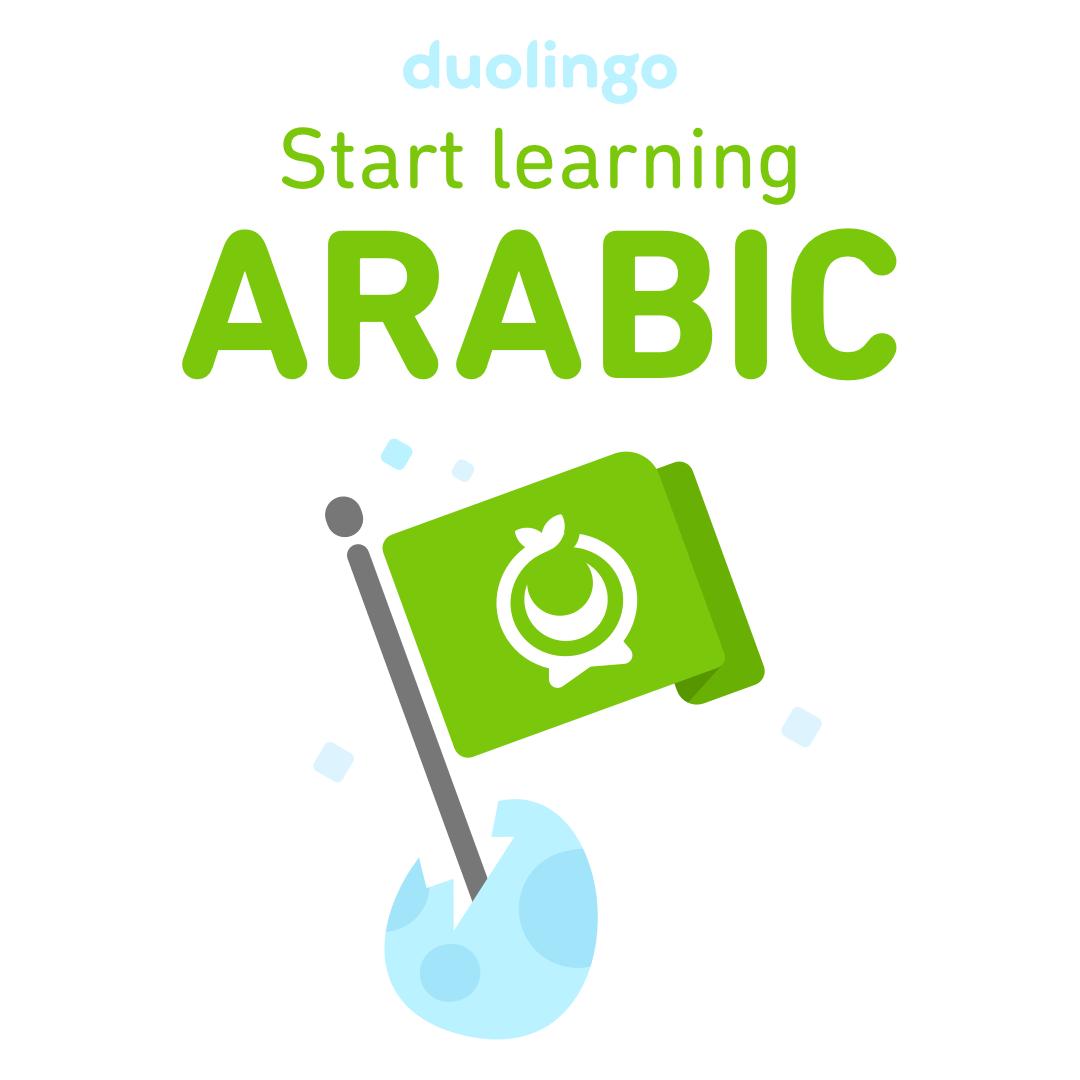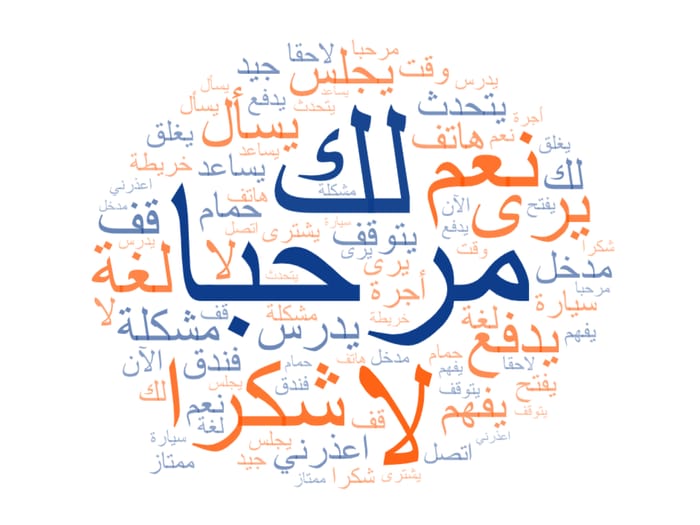Are you looking to improve your Arabic vocabulary? Whether you’re a beginner just starting out or an intermediate learner looking to expand your knowledge, this guide is for you. In this article, we will provide a comprehensive overview of the most important vocabulary words and phrases to know when learning Arabic.
Basic Vocabulary
When learning any new language, it’s important to start with the basics. This includes common words and phrases such as greetings, numbers, and colors. Here are some essential Arabic vocabulary words to get you started:
- Hello: مرحبا (marhabaan)
- Goodbye: وداعا (wadaa’aan)
- Yes: نعم (na’am)
- No: لا (laa)
- Please: من فضلك (min faDlik)
- Thank you: شكرا (shukran)
- One: واحد (waahid)
- Two: اثنان (ithnaan)
- Three: ثلاثة (thalathah)
- Four: اربعة (arba’ah)
- Five: خمسة (khamsah)
- Red: احمر (ahmar)
- Green: أخضر (akhdar)
- Blue: أزرق (azraq)
- Yellow: أصفر (asfar)
Common Phrases

In addition to basic vocabulary, it’s also important to know common phrases that will be useful in everyday conversations. Here are a few examples:
- How are you?: كيف حالك؟ (kayf halik?)
- I’m good: بخير (bikhayr)
- What is your name?: ما هو اسمك؟ (maa huwa ismuk?)
- My name is…: اسمي… (ismii…)
- Nice to meet you: سعدت بلقائك (sa’idat bil-qa’ik)
- Where are you from?: من أين أنت؟ (min ayn ant?)
- I’m from…: أنا من… (anaa min…)
- Do you speak English?: هل تتحدث الانجليزية؟ (hal tatahadath al-ingliziyyah?)
- I don’t understand: لا أفهم (laa afham)
Basic Grammar
In addition to vocabulary, it’s also important to understand the basic grammar course of the Arabic language. Here are a few key concepts to keep in mind:
- Nouns: Arabic nouns have three different forms: singular, dual, and plural. For example, the singular form of “book” is “Kitab”, the dual form is “Kutub” and the plural form is “kutub”.
- Verbs: Arabic verbs are conjugated based on the subject of the sentence. For example, the verb “to speak” is “tatahadath” for the first person singular, “tatahadathu” for the second person singular, and “yatahadath” for the third person singular.
- Word order: The word order in Arabic sentences is generally subject-verb-object (SVO). However, it is important to note that word order can change for emphasis or to convey a different meaning.
- Pronouns: Arabic has a wide range of pronouns, including personal, possessive, and demonstrative pronouns. For example, the personal pronoun “I” is “ana”, the possessive pronoun “my” is “li” and the demonstrative pronoun “this” is “hatha”.
Practice and Resources

Mastering Arabic vocabulary and grammar takes practice. Here are a few resources and tips to help you along the way:
-
- Language learning apps: There are a variety of language learning apps, such as Duolingo and Rosetta Stone, that can help you practice vocabulary and grammar in a fun and interactive way.
- Language exchange: Finding a language exchange partner can be a great way to practice speaking and listening skills. Websites such as Tandem and HelloTalk connect you with native speakers who are also learning your language.
- Watching Arabic TV shows and movies: Watching Arabic TV shows and movies can help you learn colloquial language and improve your listening comprehension.
- Reading Arabic literature: Reading Arabic literature can help you improve your vocabulary and grammar while also gaining a deeper understanding of the culture.
Recommended reading: Arabic Language Learning Tips: How to Achieve Fluency
Common Idioms and Expressions
In addition to learning the basic grammar and vocabulary, it is also important to be familiar with common idioms and expressions. These can add depth and nuance to your conversations and make you sound more like a native speaker. Here are a few examples:
- “It’s raining cats and dogs”: This idiomatic expression is used to describe heavy rain. In Arabic, it can be translated as “انها تمطر بغزارة”
- “A bird in the hand is worth two in the bush”: This is used to express the idea that something that is certain is more valuable than something that is uncertain. In Arabic, it can be translated as “طائر في اليد يساوي في 2 علي الشجرة”
- “Actions speak louder than words”: This phrase is used to convey the idea that actions are more important than words. In Arabic, it can be translated as “الأفعال تتحدث بصوت أعلى من الكلمات” (al-af’al tatahadath bi-sawt a’la min al-kalimat)
Arabic Script and Writing
Arabic language is written in the Arabic script, which is written from right to left. It consists of 28 letters, and the script is written in a cursive style, meaning that the letters are connected to each other. It can take some time to get used to reading and writing in the Arabic script, but with practice, it becomes easier.
There are also different forms of the Arabic script, including the standard script and the simplified script. The standard script is used in formal documents and literature, while the simplified script is used in newspapers and everyday writing.
ArabianTong offers a course Reading Arabic online for adults and kids This course provides professional Arabic language teaching, how to teach grammatical rules, prepositions, and how to pronounce Arabic classical
Conclusion
Learning Arabic can be a challenging but rewarding experience. By starting with basic vocabulary, common phrases, and grammar, and practicing with resources such as language learning apps and language exchange partners, you can build a solid foundation in the language. By familiarizing yourself with idioms and expressions, you can add depth and nuance to your conversations. And by understanding the Arabic script and writing, you can read and write in the language. Remember, learning a language takes time and patience, but with persistence and dedication, you can master Arabic.
FAQs
How do I say hello in Arabic?
Hello in Arabic is مرحبا (marhabaan).
How do I say Nice to meet you in Arabic?
Nice to meet you in Arabic is سعدت بلقائك (sa'idat bil-qa'ik).
What is the word order in Arabic sentences?
The word order in Arabic sentences is generally subject-verb-object (SVO), but it can change for emphasis or to convey a different meaning.
How many forms of nouns are there in Arabic?
Arabic nouns have three different forms: singular, dual, and plural.
What are some resources and tips to help me master Arabic vocabulary and grammar?
Some helpful resources and tips include using language learning apps such as Duolingo and Rosetta Stone, finding a language exchange partner, and practicing as much as possible.

